When you bring your newborn home, everything is new—every coo, every cry, and every color. But if you notice a yellowish tint to your baby’s skin or eyes, it can be a little alarming. This yellow coloring, known as jaundice, is actually more common than many parents realize. In fact, it affects about 60% of full-term babies and up to 80% of preterm babies during their first week of life.
Most of the time, jaundice is harmless and goes away on its own. But in some cases, bilirubin levels—the substance that causes jaundice—can get too high. That’s why it’s important to understand what is a dangerous level of bilirubin in newborns, what causes it, and how to spot when something might be wrong. In this guide, we’ll walk you through everything, so you can feel more confident protecting your little one.

What Is Bilirubin
Bilirubin is the yellow-orange pigment your body makes when it recycles old red blood cells—so everyone has some bilirubin in their system. First, “indirect” bilirubin travels in the bloodstream attached to the protein albumin. When it reaches the liver, enzymes convert it to a water-soluble, “direct” form that can leave the body in stool and urine.
In adults and older children, the liver does a great job of processing bilirubin so it can be passed out of the body. Newborns, however, break down red blood cells faster and have immature livers that process bilirubin more slowly, especially in the first few days after birth.
When bilirubin levels rise above normal—a condition called hyperbilirubinemia, it can cause jaundice, the tell-tale yellowing of a baby’s skin and the whites of their eyes. While this can look concerning, it’s very common and often goes away on its own as your baby’s liver starts working better.
Normal vs. Dangerous Bilirubin Level in Newborns
Your baby’s care team checks total serum bilirubin (TSB) in milligrams per deciliter (mg/dL). They might draw a tiny blood sample or glide a handheld “transcutaneous bilirubinometer” across your baby’s skin—no needles needed for that second option.
What is a normal bilirubin level in newborns?
For older kids and adults, your liver keeps TSB low—usually 0.2 – 1.3 mg/dL. Jaundice in grown-ups doesn’t usually appear until levels climb past about 2 mg/dL. But as we’ve learned, newborns run higher numbers.
During the first week of life, it’s perfectly normal to see TSB levels anywhere from 1 to 12 mg/dL in healthy, full-term babies. In fact, about 50–60% of them develop some degree of mild physiologic jaundice.
Your little one’s liver just needs a bit more time to catch up. Those levels generally drift down to adult values by weeks 1–2 with nothing more than good feeds, diaper changes, and close monitoring.
What level of bilirubin requires newborn to be hospitalized?
If TSB creeps above about 15 mg/dL in the first 48 hours or 20 mg/dL after 72 hours, most pediatric teams flip on the blue lights (phototherapy). At these cut-offs, the extra bilirubin can break free of its protein carrier and reach the brain.
Premature or medically fragile infants get treated sooner—often 2 mg/dL below those full-term thresholds—because their brains are extra sensitive.
Now, what is a high bilirubin level for newborns that’s really dangerous?
Any reading near 25 mg/dL is an emergency; that’s the range tied to kernicterus, the rare but devastating form of bilirubin-induced brain injury. Even slightly lower numbers call for action if your baby is premature, appears ill, or the level is rising fast.
Hour-by-Hour TSB Level Quick Reference (mg/dL)
Bilirubin peaks fast—usually day 3–4—then fades. The American Academy of Pediatrics (AAP) offers an hour-by-hour guideline of the recommended phototherapy TSB level thresholds. Here’s a parent-friendly cheat-sheet that boils the 2022 AAP bilirubin charts down to the essentials:
|
Age since birth |
Green: Normal zone |
Yellow: Close watch |
Red: Phototherapy starts |
|
0 – 24 h |
< 8 mg/dL |
8 – 10 mg/dL |
≥ 10 mg/dL |
|
24 – 36 h |
< 10 mg/dL |
10 – 12 mg/dL |
≥ 12–13 mg/dL |
|
36 – 48 h |
< 12 mg/dL |
12 – 15 mg/dL |
≥ 15 mg/dL |
|
48 – 60 h |
< 14 mg/dL |
14 – 17 mg/dL |
≥ 17 mg/dL |
|
60 – 72 h |
< 15 mg/dL |
15 – 18 mg/dL |
≥ 18 mg/dL |
|
> 72 h |
< 17 mg/dL |
17 – 20 mg/dL |
≥ 20 mg/dL |
Note: These numbers are for healthy, full-term babies (≥ 38 weeks) without extra risk factors. If your newborn is pre-term (35-37 weeks) or has any neuro-toxicity risks (infection, blood-group problems, low albumin, etc.), subtract ≈ 2 mg/dL from the “phototherapy” column and call your care-team sooner.
What Causes Hyperbilirubinemia in Newborns
You see, hyperbilirubinemia simply means there’s too much bilirubin in your baby’s blood. While a small rise is normal right after birth, certain factors can cause bilirubin levels to climb higher than they should. Let’s break down the most common reasons:
1. Immature Liver Function
Newborn livers are still developing, especially in the first few days after birth. That means they’re not yet efficient at processing and clearing bilirubin from the bloodstream. This is the most common reason behind early-onset (physiologic) jaundice.
2. Increased Red Blood Cell Turnover
Babies are born with a higher number of red blood cells than adults—and those cells have a shorter lifespan. As they break down, they release more bilirubin than the newborn’s liver can handle all at once.
3. Breastfeeding Jaundice
If your baby isn’t feeding well in the first few days—due to latching issues, low milk supply, or sleepiness—bilirubin may build up. This type is often called “breastfeeding jaundice” and usually resolves as feeding improves.
4. Breast Milk Jaundice
This usually appears a bit later (around days 5–7) and can last for several weeks. It’s linked to certain substances in breast milk that temporarily slow down bilirubin processing. It’s typically harmless and doesn’t require stopping breastfeeding.
5. Blood Type Incompatibility (ABO or Rh)
If your baby’s blood type doesn’t match yours (especially if you’re Rh-negative), your immune system might create antibodies that break down your baby’s red blood cells faster—causing a sharp rise in bilirubin. This can lead to early and more severe jaundice.
6. Prematurity
Preterm babies (born before 37 weeks) have even less developed livers and are more likely to have jaundice that requires treatment—sometimes at lower bilirubin levels than full-term infants.
7. Bruising or Birth Injuries
Babies who had difficult deliveries, vacuum or forceps assistance, or large bruises (like from a cephalohematoma) may have more blood to break down, which can lead to elevated bilirubin levels.
Signs That Bilirubin Levels Might Be Too High
It’s normal for babies to look a little yellow in their face or chest during the first few days of life—but how do you know when jaundice could be heading into the danger zone? Here are the signs to look for:
Spreading Yellow Color
Mild jaundice usually starts on the face and moves downward. If the yellow color spreads to the chest, belly, arms, or legs, bilirubin may be getting too high.
Unusual Sleepiness or Lethargy
All newborns are sleepy—but extreme drowsiness (not waking to feed, not reacting to touch or sound) can be a red flag, especially when combined with jaundice.
Poor Feeding
If your baby is eating less, refusing the breast or bottle, or not waking up for regular feeds, it may be a sign their bilirubin is rising.
High-Pitched Cry
A shrill, piercing cry can sometimes be a subtle sign of neurological irritation related to dangerously high bilirubin.
Arching Back or Body
Some babies with high bilirubin levels may arch their back, neck, or whole body in a stiff or rigid way—a rare but serious symptom that needs immediate evaluation.
Fever or Irritability
While not common, fever or increased fussiness can be associated with bilirubin toxicity and requires prompt attention.
If you notice any of these signs or just feel unsure, it’s always best to check in with your pediatrician. A simple bilirubin test can confirm whether your baby’s level is safe—or if it’s time to step in with treatment.
What Happens If Bilirubin Gets Too High?
While most newborn jaundice is mild and harmless, very high levels of bilirubin can become dangerous if not treated in time. Here’s what can happen if those levels climb too high:
Crossing the Blood-Brain Barrier
Normally, bilirubin stays bound to proteins in the blood, but at high levels, it can break free and pass into the brain—especially in newborns, whose protective barriers aren’t fully developed yet. This is where things can turn serious.
Acute Bilirubin Encephalopathy
This is the early stage of bilirubin toxicity in the brain. Symptoms may include extreme sleepiness, poor feeding, high-pitched crying, muscle stiffness or limpness, and even arching of the neck and back. It’s a medical emergency that needs immediate care.
Kernicterus
If high bilirubin isn’t treated quickly, it can lead to kernicterus—a rare but permanent form of brain damage. This condition can cause hearing loss, developmental delays, trouble with movement (cerebral palsy), and intellectual disabilities. It’s entirely preventable with early detection and treatment.
The good news? With routine screening, awareness of risk factors, and clear treatment guidelines, severe complications from high bilirubin are now very rare. Knowing the warning signs—and getting help early—makes all the difference.
How Is High Bilirubin Treated in Newborns?
If your baby’s bilirubin level is high or rising quickly, don’t worry—there are safe and effective ways to bring it down quickly and protect your baby’s brain. Here’s how to lower bilirubin in newborns:
1. Phototherapy (Light Treatment)
This is the most common and effective treatment. Your baby is placed under special blue lights that help change bilirubin in the skin into a form that the body can get rid of more easily—through the liver and kidneys. It’s safe, painless, and often works within a day or two.
- Your baby will wear protective eye covers.
- Feeds may continue as usual (or even more frequently to help flush out bilirubin).
- The care team will monitor bilirubin levels every few hours to track progress.
To help soothe your baby during phototherapy or sleepy, fussy moments at home, many parents find comfort tools helpful. One gentle and parent-loved option is the Alilo Honey Bunny music player. It comes preloaded with a vast library of soothing tracks—including white noise, lullabies, nursery rhymes, and bedtime stories. You can start with a soft story or lullaby during those fussy moments, then switch to white noise to help create a calming sleep environment once your baby is put down.
Its soft, glowing bunny ears change color and offer a warm visual cue, while the durable, drop-resistant body is built for everyday life with little ones. It’s rechargeable, runs up to 6 hours, and includes a handy sleep mode with a 30-minute auto shutoff.

2. Feeding Support
Frequent feeding—especially breastfeeding—helps keep bilirubin moving through your baby’s digestive system. If needed, doctors may suggest supplementing with pumped breast milk or formula to keep things moving.
3. Intravenous Fluids
If your baby isn’t feeding well or is dehydrated, IV fluids may be given to support bilirubin clearance.
4. Exchange Transfusion (Rare)
In severe cases (usually if bilirubin is nearing 25 mg/dL or rising rapidly), doctors may perform an exchange transfusion. This replaces some of your baby’s blood with donor blood to quickly lower bilirubin. It’s rare, but it’s a life-saving procedure when needed.
5. Treating the Underlying Cause
If your baby’s high bilirubin is due to something specific—like a blood type incompatibility or infection—your doctor will treat that underlying cause as well.
The most important thing is to catch high bilirubin early. With routine screening, regular check-ups, and guidance from your pediatric team, almost all babies with jaundice recover fully—no lasting effects, just a little extra light therapy and a lot of love.
Conclusion
Bilirubin might sound like a big, complicated word, but understanding it doesn’t have to be. Now that you know what is a dangerous level of bilirubin in newborns, you’re better equipped to spot the signs and take action if needed. Most cases of newborn jaundice are harmless and go away on their own—but sometimes, those levels can get above 20 mg/dl, and that’s when quick treatment really matters.
Always trust your instincts. If something feels off or you notice your baby’s yellow coloring getting worse, don’t wait—reach out to your pediatrician. With the right care, babies with high bilirubin levels can recover quickly and get back to being their happy, healthy selves. You’ve got this!
FAQ
What is a toxic level of bilirubin in newborns?
A toxic level of bilirubin is usually around 25 mg/dL or higher. At this level, there’s a serious risk that bilirubin could cross into the brain and cause a rare but dangerous condition called kernicterus. This is considered a medical emergency and requires immediate treatment.
What is an alarming bilirubin level in a newborn?
It depends on your baby’s age in hours, but a bilirubin level that’s rising quickly or nearing 15 mg/dL in the first 2 days, or 20 mg/dL after 3 days, is considered alarming. These are the levels where doctors often start treatment to prevent it from becoming toxic.
How to reduce bilirubin quickly in newborns?
The most effective way to reduce bilirubin quickly is phototherapy—a special blue light that helps break down bilirubin in your baby’s skin. Other helpful steps include feeding often (breast or bottle) to flush bilirubin out through the stool, and in some cases, giving IV fluids or doing an exchange transfusion for very high levels.
What bilirubin level requires hospitalization?
Most babies with moderate jaundice can be treated at home, but hospitalization is usually needed if:
- Bilirubin levels are above 20 mg/dL
- Levels are rising rapidly (more than 0.3 mg/dL per hour)
- Your baby is preterm or has other risk factors
- There are signs of dehydration, lethargy, or poor feeding
In the hospital, doctors can monitor bilirubin more closely and start treatment like phototherapy right away.

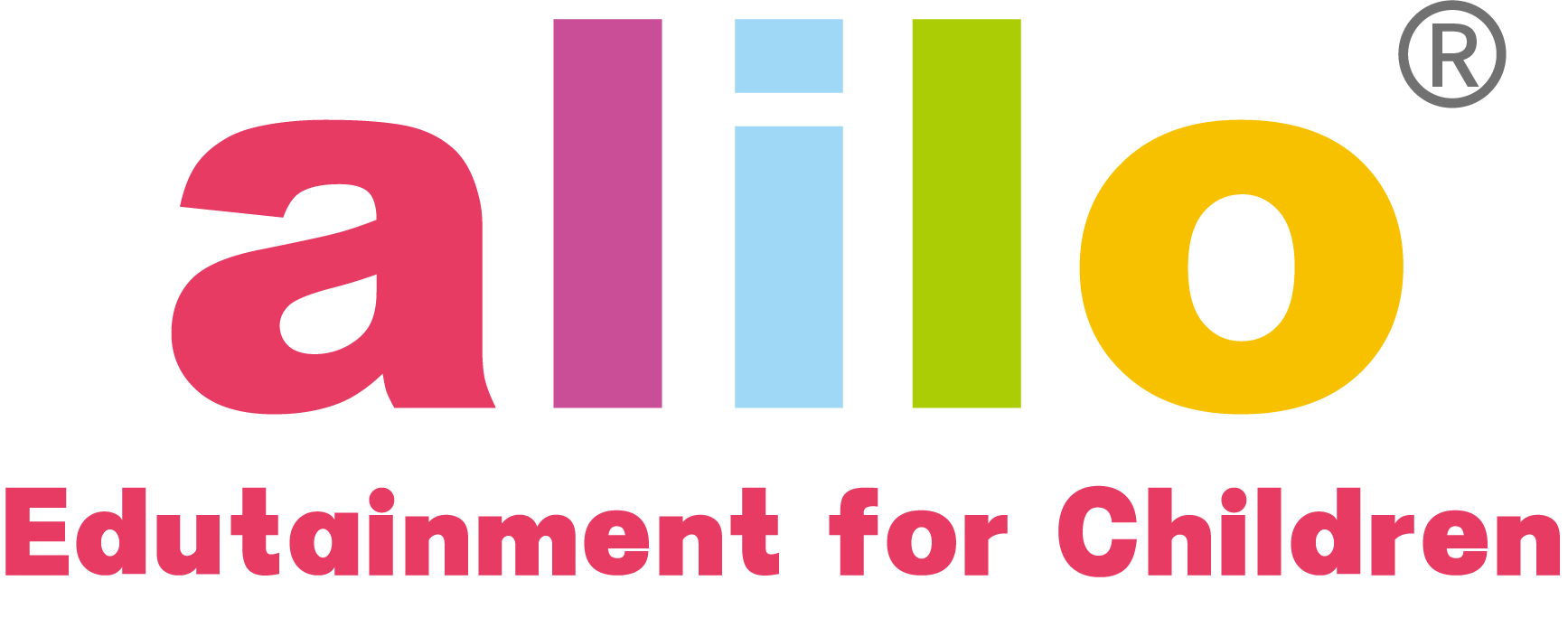
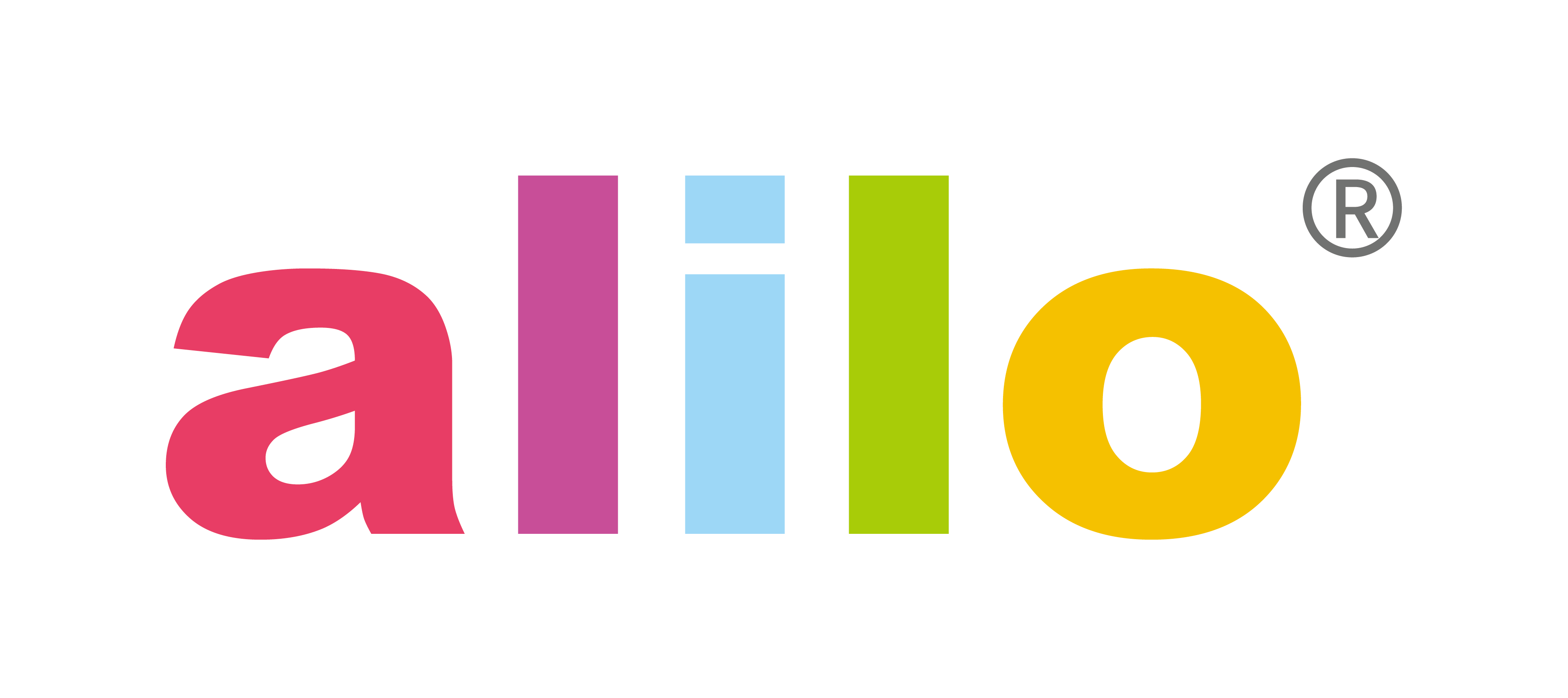
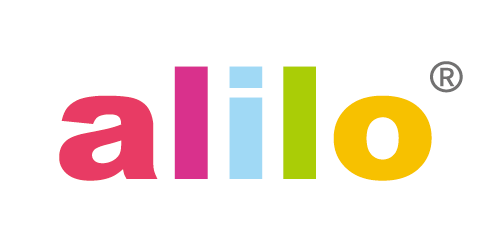
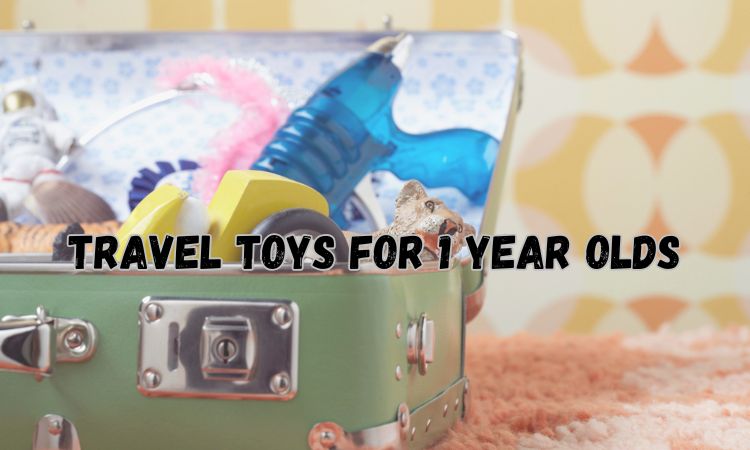

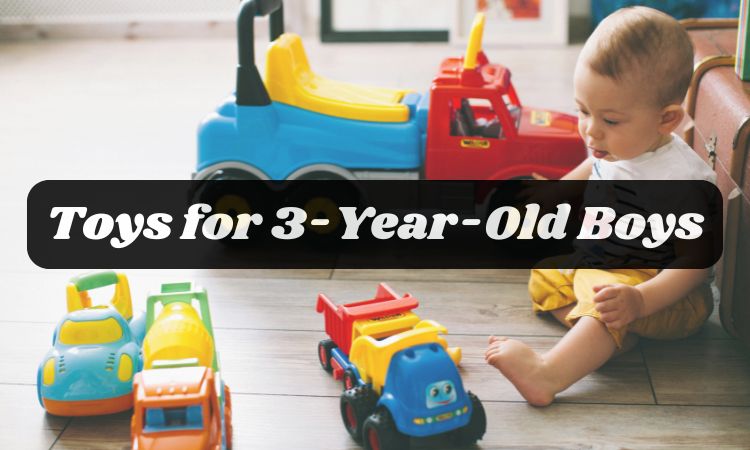
Share and get 5% off!
Simply share this product on one of the following social networks and you will unlock 15% off!